NICHD fellows joined together virtually on September 29, 2022, to attend the 17th Annual Meeting for Postdoctoral, Clinical, and Visiting Fellows and Graduate Students. During the career panel break-out sessions, fellows had the opportunity to rotate through career panels on research programs in academia and government, industry, and science administration. We followed up with career panel speakers to capture important information about their career fields, their favorite career features, and the most frequently asked questions during the retreat. Check back next month for the full retreat recap!
Read more about this year’s career panelists on the 17th Annual Fellows Retreat Website!
Research Programs in Academia and Government
Yvette Yien, PhD
Associate Professor, Department of Medicine, University of Pittsburgh School of Medicine
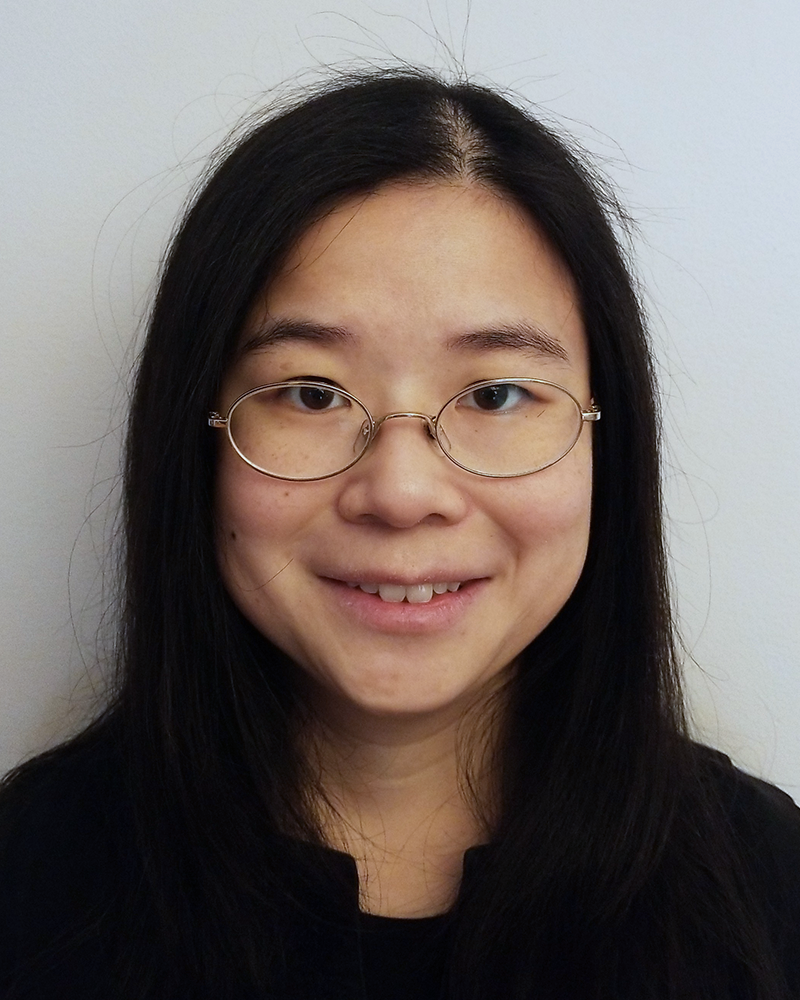
Yvette Yien, PhD
What does someone in your career field do?
I think “academic PI” is a capsule term that is used to describe such a diverse range of jobs. While “teaching, research, and service” are the three legs of every academic career, the amount of time an individual spends in each varies greatly—everyone almost seems to have a different job. In my current position, I spend the vast majority of time on research (benchwork, writing, collaborations) and mentoring my lab. Administrative paperwork also takes up time.
What is your favorite feature about your career?
Without doubt, the friends, trainees, and colleagues that comprise the academic community. While experiments only work a small percentage of the time, I always get much joy and support from the people I work with!
What was the most common question asked about your career during the retreat?
Paraphrased: How do I get a PI job and stand out in this job market? My answer: It really depends on the position and if you mesh with the position. In general, many institutions are looking for someone who is doing interesting science and can communicate how it will advance the field. Your work should be feasible in the context of the institution, and your skills. At the in-person interview, we are all looking for a strong colleague and collaborator. While grants and “high-impact” papers certainly get you noticed, they are not required. Rather, having a unique perspective on your field and knowing how you will tackle scientific challenges with rigor is essential.
Jason Wester, PhD
Assistant Professor, Department of Neuroscience, Ohio State University College of Medicine

Jason Wester, PhD
What does someone in your career field do?
I am a tenure-track assistant professor in a medical school, so most of my time is devoted to overseeing the lab, managing on-going research projects, mentoring graduate students, and writing grants. But I also have responsibilities in formal teaching and service (university and department committees, grant review, manuscript review, etcetera).
What is your favorite feature about your career?
It’s an amazing opportunity to be given the resources and freedom to build a research program entirely of your own design. It’s also very rewarding to recruit talented new lab members and watch them succeed and grow as scientists.
What was the most common question asked about your career during the retreat?
There was a lot of interest in what academic search committees are looking for in a candidate and how to approach the job search. In general, departments want to hire someone who can clearly articulate why their research program is exciting (not just that there is a gap in knowledge somewhere, but why we really need to fill it) and that they have a practical plan to build and execute it (this may sound cliché, but it’s hard to do). Many also want to find faculty who will bring new questions and approaches that are underrepresented within the department, while at the same time being a good fit with the existing faculty to facilitate collaborations that enhance on-going research. My approach to the job search was to carefully research the department for each job ad, and genuinely ask myself if I thought it was possible to meet those two criteria before applying.
Industry
Monica Chiaramonte, PhD
Director, Clinical Regulatory Writing, AstraZeneca
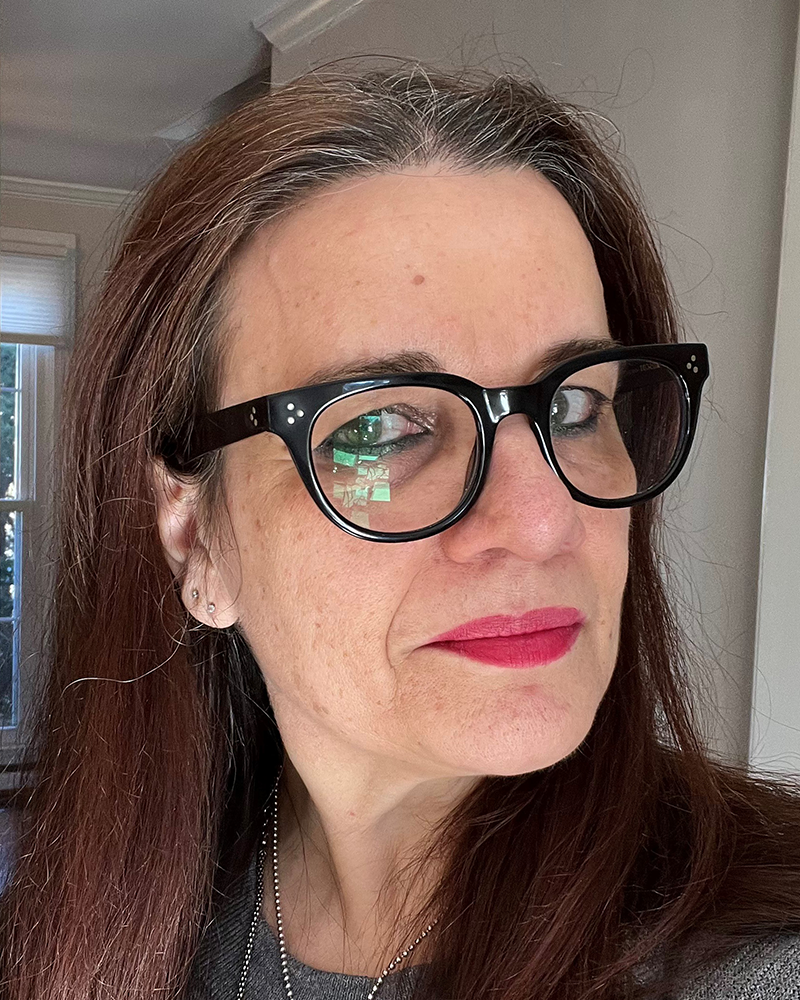
Monica Chiaramonte, PhD
What does someone in your career field do?
In my career field, I design, write, and manage scientific and medical regulatory content. I participate in the preparation of documents reporting results from clinical trials.
What is your favorite feature about your career?
The favorite feature of my career is the chance to work in a multidisciplinary team comprising several aspects of the drug development process, with the main goal of helping patients, and always putting science first.
What was the most common question asked about your career during the retreat?
Question: What shocked or surprised you the most moving from academia to industry?
My answer: 1) The inherent collaborative nature of the teams and the projects is still one of the most rewarding things I have found in industry, and I’m not sure I was fully aware this would be the case. All functional areas interconnecting and working towards one goal; when we are all in sync, it’s just fantastic.
2) I was surprised how much it meant to me that the daily work, even the smallest thing you do, has such relevant significance in the scheme of helping patients and saving lives. That kind of motivation keeps you going, even during the most pressing challenges.
Hannah Haley, PhD
Scientist, RAPT Therapeutics
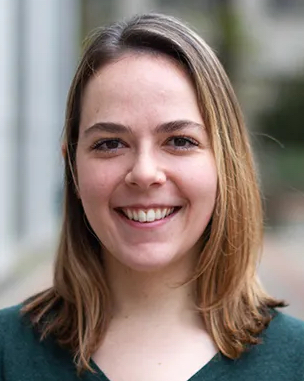
Hannah Haley, PhD
What does someone in your career field do?
Medicinal chemists design and synthesize novel small molecules with the goal of discovering new therapeutics for patients.
What is your favorite feature about your career?
It is exciting that people in my career can make very tangible impacts on the health and lives of others through our research. Additionally, my position requires constant learning, problem solving, creativity, and flexibility, which makes each day exciting.
What was the most common question asked about your career during the retreat?
Question: How is working in the biotech industry different from working in an academic setting?
My answer: Surprisingly, there are more similarities between my role in industry and the positions I held in academia (as a graduate student and postdoc) than there are differences. My main responsibilities still include designing new compounds and routes to synthesize those compounds, interpreting data, mentoring other scientists, and working with my colleagues to move our program forward. Some of the notable differences in industry include generally tighter timelines to finish a project and consideration of business interests in project selection.
Mariano Russo, PhD
Bioinformatician, SOPHiA Genetics
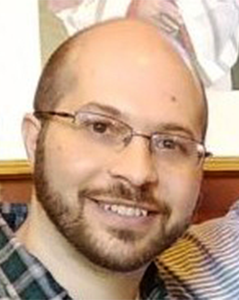
Mariano Russo, PhD
What does someone in your career field do?
A bioinformatician develops pipelines for processing and analysis of omics datasets (genomics, transcriptomics, proteomics). This includes higher level visualization and applications in the context of biological questions.
What is your favorite feature about your career?
Exploring a dataset and visualizing a certain pattern to see how it fits with my current understanding of that problem. This could range anywhere from coverage or variant distributions to genomic biomarkers responding to different treatments.
What was the most common question asked about your career during the retreat?
Question: How does someone become a bioinformatician?
My answer: A bioinformatician combines programming skills and biological insight, therefore you need to develop both in whichever order and mechanism works best for you. For example, there are many resources out there to learn data science skills, such as in R or Python, and combine them with higher level degrees in the field of your choice. Practice and years of experience are important to develop these two disciplines together and then apply them in biological context for fine tuning.
Science Administration
Una Grewal, PhD
Director, Division of Population Health Research, NICHD
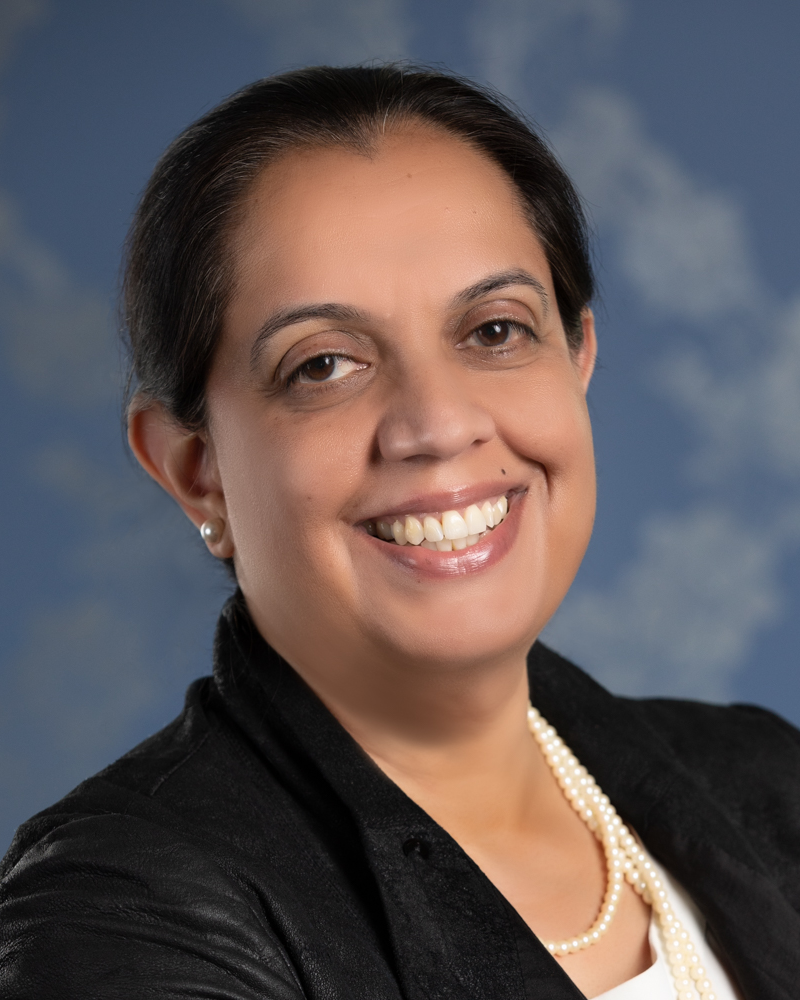
Una Grewal, PhD
What does someone in your career field do?
As the Director of the Intramural Division of Population Health Research (DiPHR), I provide leadership to 1) establish and implement the scientific mission, goals and priorities of the Division in alignment with those of the NICHD and the NIH; 2) identify the needs and concerns of the branches and members of the Division; 3) make strategic decisions about operations, policies, and resources; 4) introduce programs, protocols, and processes that facilitate opportunities and productivity of everyone in the Division; 5) ensure ongoing activities function smoothly; and 6) anticipate, troubleshoot, and mitigate problems. Alongside these responsibilities, my research focuses on perinatal epidemiology, including fetal growth, nutrition, and birth defects.
What is your favorite feature about your career?
I enjoy the aspirational nature of contemplating the research priorities of the Division—what should we study, why, and how? Seeking to determine the big questions in reproductive, perinatal, and adolescent health that we want to answer in the next five to 10 years is both challenging and invigorating. In addition to this strategic thinking, I am motivated by our trainees—nurturing the next generation of population health scientists is very fulfilling.
What was the most common question asked about your career during the retreat?
“What does your typical day look like?” In my role, I have found that there is no such thing as a “typical day.” I do have certain routine activities, such as meetings that occur at the same time every week. Otherwise, my schedule tends to vary a lot from day to day. Some days unfold as planned, where I spend my time on science administration and my own research. On other days, my attention can be occupied entirely by a crisis of the moment. Flexibility, and the ability to pivot on short notice, are essential requirements of the position.
Suna Gulay, PhD
Technology Transfer and Patent Specialist, NCI
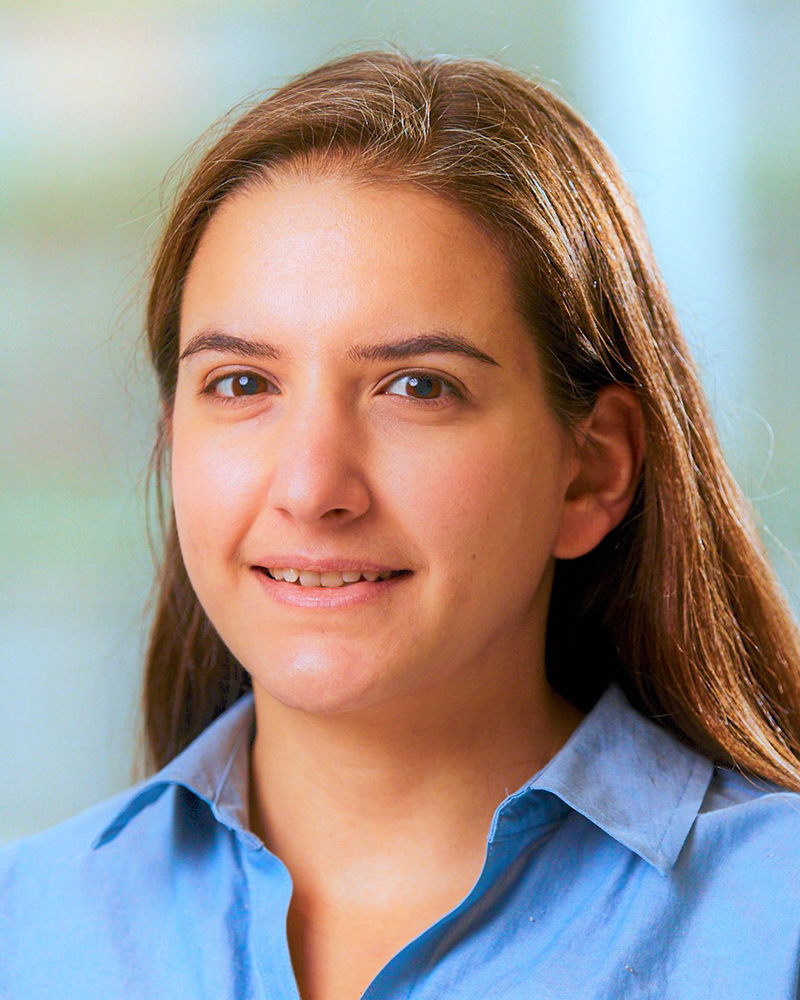
Suna Gulay, PhD
What does someone in your career field do?
Technology transfer managers work at the intersection of science, business, and law. Specifically, we 1) help scientists gain access to valuable, proprietary research tools, devices, diagnostics, and therapeutics from outside entities via transactional and collaborative agreements and 2) facilitate further development of academic inventions and the eventual public availability of the end products via patenting and licensing.
What is your favorite feature about your career?
My favorite feature of technology transfer is the interactions with various stakeholders, such as scientists, lawyers, patent examiners, and industry business development contacts. I gain a lot from the different perspectives held by each stakeholder, whom I did not have a lot of access to previously as a bench scientist.
What was the most common question asked about your career during the retreat?
One question that stood out was: “What are the skillsets necessary for an entry level position in your line of work?” The panel answers focused on developing hard skills, such as seeking detail positions or joining relevant training programs. For my specific line of work, I highly recommend NCI's Technology Transfer Ambassadors program, FAES classes on technology transfer, and NIH technology transfer fellowship positions (provided by NCI or NIAID). Most scientists are also eligible to take the Patent Bar Examination, although this is not a necessary certification for finding a job in this arena. Certain soft skills are absolutely crucial for a career in technology transfer, and these were not mentioned in detail during the retreat. Attention to detail, meeting deadlines, working efficiently in a team, written and oral communication skills, problem solving skills, decision making skills are all essential to technology transfer, and likely to other science administration career paths. Luckily, many scientists already possess these skills, but these are important to point out in application materials and during interviews.
Richa Lomash, PhD
Scientific Project Manager, Division of Preclinical Therapeutics, NCATS
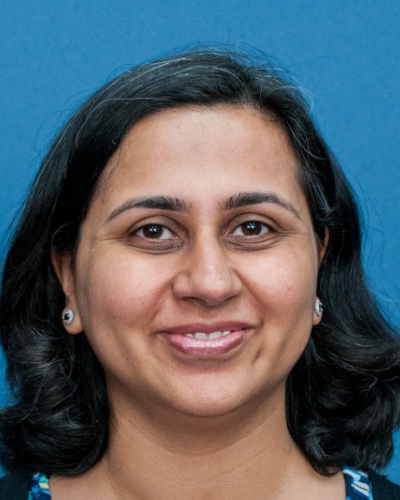
Richa Lomash, PhD
What does someone in your career field do?
I manage preclinical drug development projects. This involves continuous engagement with several partners such as researchers, subject matter experts, clinicians, contract research organizations, regulatory affairs specialists, and strategic alliance groups. We manage logistics, resources, and most importantly project communications, to ensure proper development and a smooth transition of a lead candidate to a drug that can be used for clinical testing in humans.
What is your favorite feature about your career?
Seeing that I can utilize my scientific training to potentially benefit human health is very humbling.
What was the most common question asked about your career during the retreat?
Question: What steps are needed to improve your resume for a non-bench role?
My answer: Explore different opportunities and volunteer to enhance your soft skills. These could be as simple as mentoring, helping to organize a seminar series or career panel, or volunteering at the NIH Career Symposium.
Elena Schwartz, PhD
Program Director, Coordinating Center for Clinical Trials, NCI
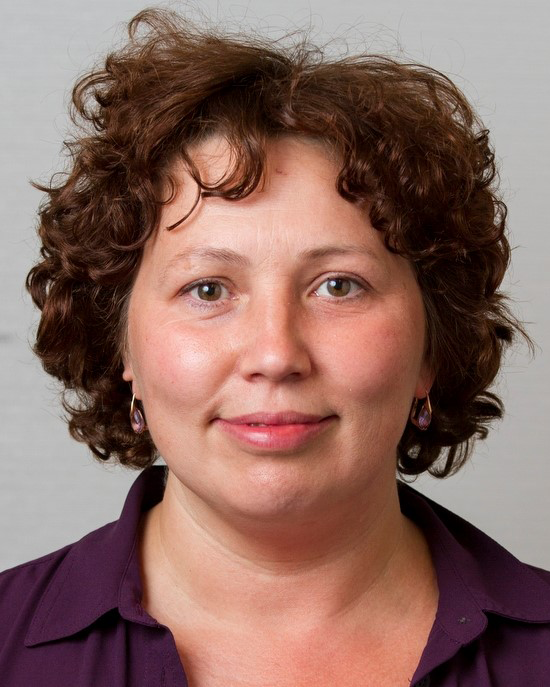
Elena Schwartz, PhD
What does someone in your career field do?
Program directors (PDs) manage diversified grant portfolios, including individual and institutional grants, create new funding opportunities, review progress reports, and communicate with the principal investigators on grant applications. Also, PDs have opportunities to conduct various scientific meetings and workshops, write review papers, manage the clinical trials review process, and many other tasks.
What is your favorite feature about your career?
I enjoy reviewing the portfolio of research directions in my area of interest and identifying a gap. Then, being able to contribute to filling this gap with new funding opportunities, clinical trials, training, etcetera.
What was the most common question asked about your career during the retreat?
Question: What does your typical day look like?
My answer: I have a 30%+10% rule. 30% of my daily schedule is regular meetings, the next 30% is communication with my team and planned tasks, and the last 30% is any instantaneous tasks that require my immediate attention. The last 10% is any exciting activity I choose based on my scientific and professional interests. This could be scientific meetings, lectures, training, and other fun activities.
